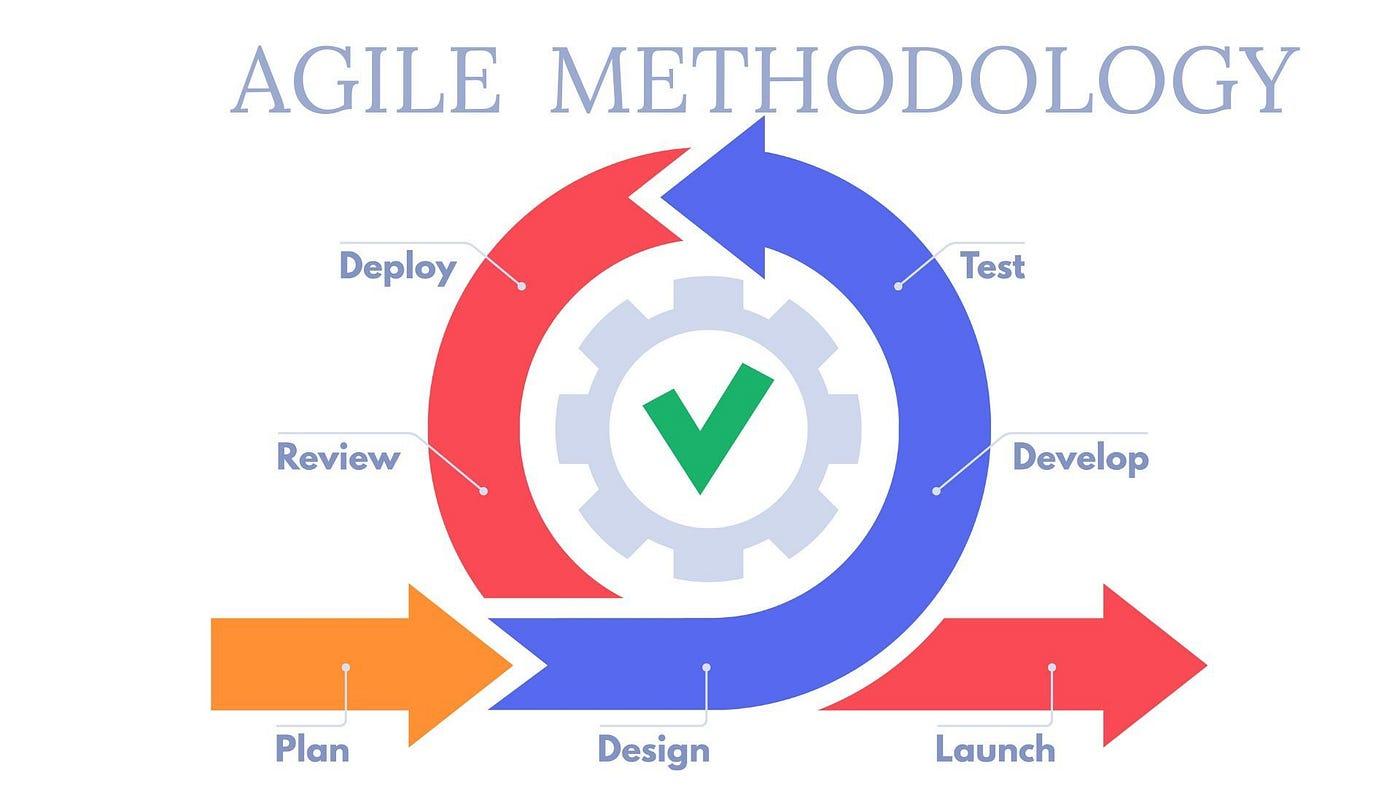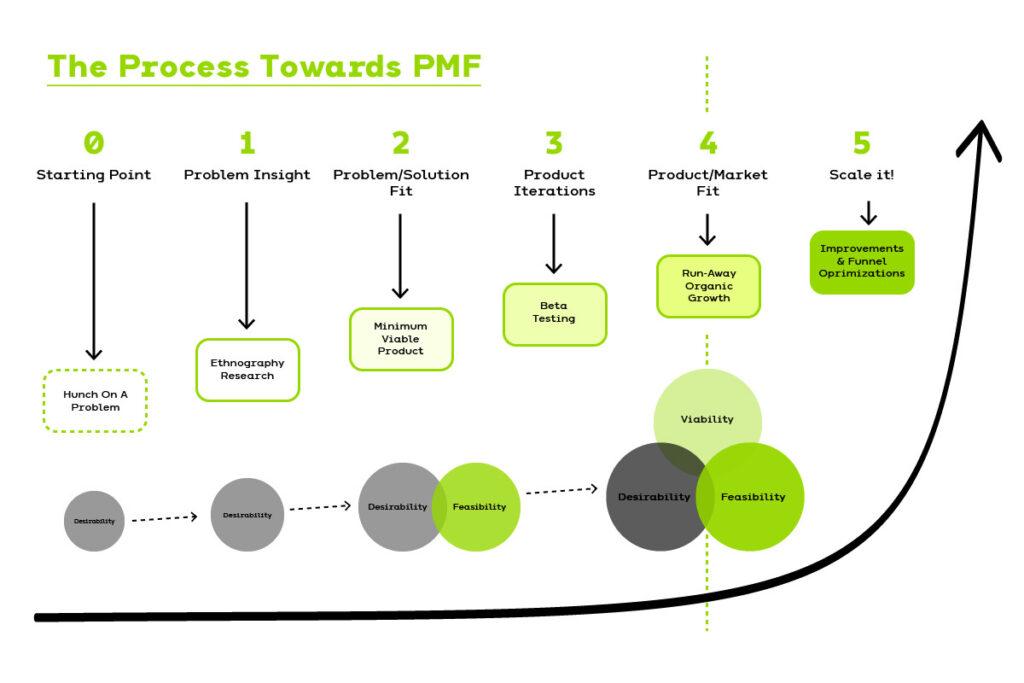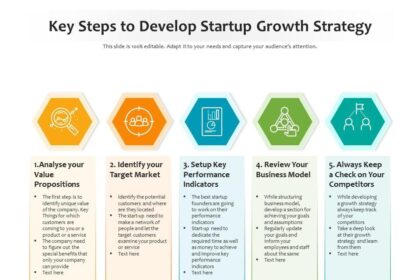In the ever-evolving landscape of entrepreneurship, where innovation meets consumer demand, the quest for product-market fit stands as one of the most critical milestones for any startup. Imagine setting sail on an uncharted sea, filled with endless possibilities and unforeseen challenges. The journey to discover that perfect intersection between what your product offers and what the market craves can be both exhilarating and daunting. In this strategic guide, we will explore the essential steps and methodologies to navigate this complex terrain, empowering you to adapt, iterate, and ultimately align your vision with the needs of your target audience. Whether you are a fledgling entrepreneur or a seasoned business leader, understanding the dynamics of product-market fit will ensure your venture not only survives but thrives in today’s competitive environment. Join us as we chart a course through the fundamentals of market research, customer feedback, and agile development, equipping you with the tools to successfully transform your innovative ideas into market-ready solutions.
Understanding the Fundamentals of Product-Market Fit
Achieving product-market fit involves a deep understanding of both your product and the market landscape. It’s not solely about having a great idea; it hinges on addressing real customer needs and ensuring your solution resonates with your target audience. Companies often embark on this journey by engaging in thorough market research, conducting surveys, and gathering feedback. Key elements to keep in mind include:
- Identifying target users: Understanding who will benefit from your product is crucial.
- Analyzing competitors: Know what others in your space are offering and how you can differentiate.
- Iterating on feedback: Foster a culture where customer feedback leads to actionable improvements.
The path to product-market fit is iterative, typically requiring several cycles of testing and refinement. This landscape isn’t static; consumer preferences can shift rapidly. To stay ahead, companies should measure key performance indicators that signal fit, such as customer retention and satisfaction. Consider employing a framework that continuously evaluates both the value delivered and the readiness of the market. A simple table can illustrate these metrics effectively:
| Metric | Importance |
|---|---|
| Customer Retention Rate | High – Indicates ongoing value |
| Net Promoter Score (NPS) | High – Measures customer satisfaction |
| Churn Rate | High – Assesses loss of customers |

Identifying and Validating Your Target Audience
Understanding who your product is intended for is crucial in your journey toward product-market fit. Begin by defining key demographics that reflect your ideal audience. This can include aspects such as age, gender, location, and income level. Beyond demographics, delve into psychographics—explore the beliefs, interests, and pain points that motivate your audience’s purchasing decisions. Utilize tools like surveys and social media analytics to gather this data, ensuring it aligns with your product’s value proposition. By creating customer personas, you can visualize your audience and tailor your strategies accordingly.
Once you have outlined your target audience, the next step is validation. This involves engaging directly with potential users to confirm their needs align with your product offering. Consider conducting interviews or organizing focus groups to see how your audience interacts with your solutions. You might also utilize A/B testing to compare different versions of your product or marketing strategies, allowing you to refine your approach based on real user feedback. To facilitate this process, a simple table can help to track the insights gathered during your validation efforts:
| Feedback Source | Insights Gained | Action Items |
|---|---|---|
| Surveys | Interest Level and Key Features Desired | Prioritize features in MVP development |
| Interviews | Deep Insights on User Pain Points | Refine product messaging |
| Focus Groups | User Experience and Design Preferences | Adjust UI/UX based on feedback |

Iterative Testing: The Key to Refining Your Offering
To truly understand what resonates with your audience, you need to embrace a process of continual refinement. Iterate on your product based on real user feedback, and keep a close eye on engagement metrics. Iterative testing is not just an afterthought; it’s a vital part of your development cycle. By employing A/B testing, usability testing, and collecting survey feedback, you can gather insights that highlight what works and what needs improvement. Consider the following approaches in your iterative process:
- User Interviews: Engage directly with users for qualitative insights.
- A/B Testing: Experiment with different variations of your offering.
- Feedback Loops: Create systems to collect ongoing feedback post-launch.
- Data Analysis: Use analytics tools to assess user behavior and preferences.
By systematically testing and validating ideas, you can avoid costly missteps while honing in on aspects of your product that truly appeal to users. An effective testing strategy reveals user pain points and highlights features that spark joy or interest, allowing you to pivot your focus where it matters. The following table summarizes key elements to track during your iterative testing process:
| Testing Element | Description | Metrics to Track |
|---|---|---|
| Feedback Collection | Engage with users for their insights. | Response Rate, NPS |
| Feature Usage | Analyze how frequently features are used. | User Engagement, Conversion Rate |
| Usability Tests | Assess ease of use and functionality. | Task Success Rate, Time on Task |

Leveraging Feedback Loops for Continuous Improvement
In today’s dynamic market, the ability to adapt and improve is crucial for any product striving for success. Feedback loops serve as a powerful mechanism to ensure constant evolution. By actively seeking input from users and stakeholders, teams can gather invaluable data that highlights both strengths and weaknesses. Implementing this iterative process allows companies to test hypotheses, validate ideas, and identify areas that require enhancement. Crucially, creating a culture that embraces feedback can transform a product from just acceptable to exceptional, as it helps in aligning features with actual user needs.
To fully capitalize on the potential of feedback loops, consider establishing a structured approach that includes:
- Gathering Qualitative Feedback: Conduct interviews and surveys to understand user experiences.
- Quantitative Metrics: Use analytics to track user engagement and behavior.
- Regular Iteration Cycles: Set defined periods for revising the product based on feedback.
A comprehensive feedback system could also include a simple table outlining the types of feedback collected and their corresponding action items:
| Feedback Type | Action Item |
|---|---|
| User Interviews | Identify common pain points |
| Analytics Data | Optimize user flow |
| Surveys | Prioritize feature requests |
Wrapping Up
As we conclude our exploration of navigating the path to product-market fit, it becomes evident that the journey is as intricate as it is rewarding. The insights and strategies discussed serve not just as a compass but as a toolkit for entrepreneurs and innovators alike. Remember, achieving product-market fit is not a destination but an ongoing process—one that requires adaptability, keen observation, and a willingness to learn from both successes and setbacks.
As you embark on your own journey, may you embrace the challenges, celebrate the milestones, and remain open to the insights that arise along the way. Whether you’re refining a concept, engaging with your audience, or pivoting your strategy, the goal remains clear: to create a product that resonates deeply with your market. With the right mindset and approach, you can transform your vision into a viable reality, securing a place not just in the market, but in the hearts of your customers.
As you step forward, carry this guide with you—not as a final instruction manual, but as a living document that evolves with you. Here’s to finding that sweet spot between what you offer and what your audience needs. Happy navigating!



